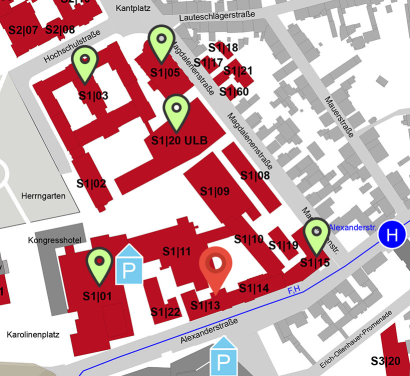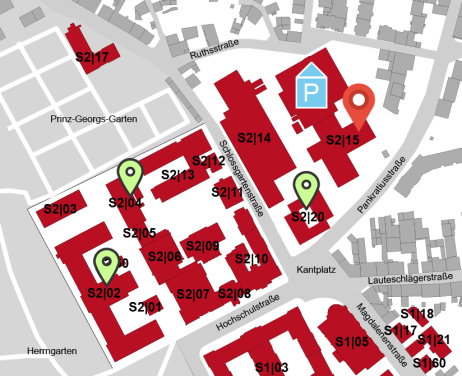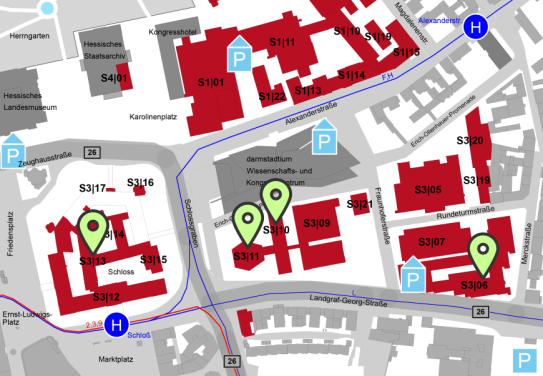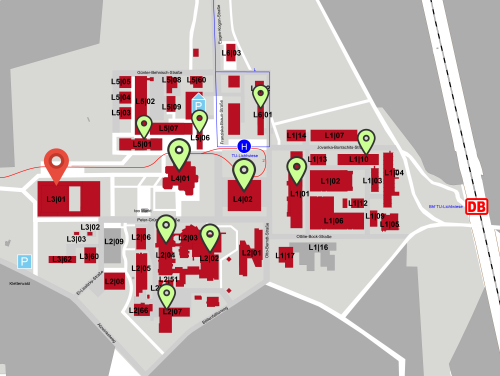Dr. Martin Lommel
'By providing free menstrual products, TU Darmstadt is making an important contribution to educational equality and social participation on campus. This offer is open to students and employees alike. It is a step towards greater visibility, destigmatisation and social responsibility in our everyday university life.'

Project idea
You, the students, were the main driving force behind this project. Some departments had already taken up the idea and organised free tampons and menstrual pads for you.
The SGM (Studentisches Gesundheitsmanagement – Student Health Management) and the Diversity Education Office (DEO) then initiated a project in cooperation with the General Students' Committee (AStA), the Equal Opportunities Office and the Sustainability Office. Together, they created a concept to put this into practice for you across the board.
Currently, you can find these menstrual products in 32 largely barrier-free toilets for women and all-gender toilets in various university buildings. The dispensers contain tampons (normal size) and sanitary menstrual pads.
You can find more background on the background in our FAQ.
Notice
Be fair! Please only take as many items as you need. Please dispose of used menstrual products in the bins provided.
Are there any sustainable alternatives?
Over the course of a lifetime, around 17,000 disposable pads and tampons are used per menstruating person. That's a lot of waste and costs that could be avoided
There are now many products that offer an alternative:
From menstrual cups to washable menstrual pads and period underwear to menstrual sponges.
Simply try them out and do something good for the environment.









